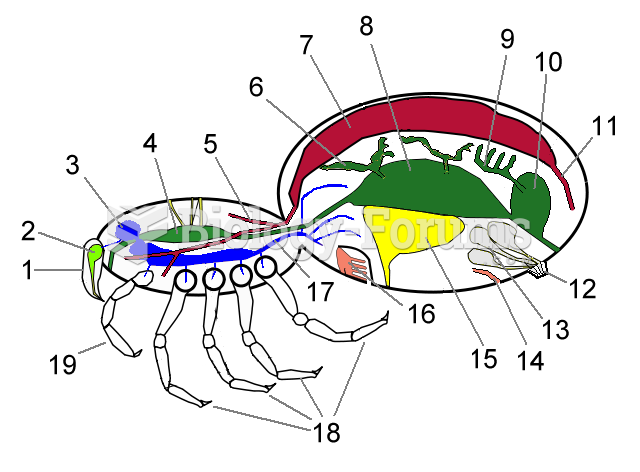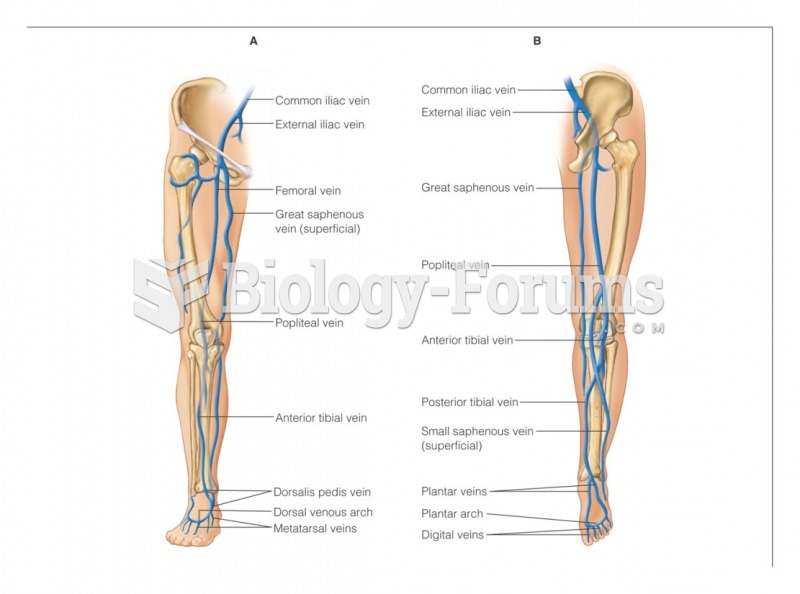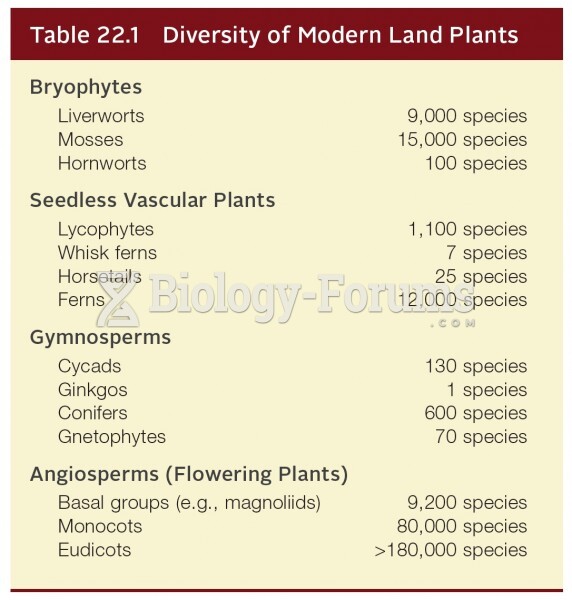Answer to Question 1
Answer: Follow-up research on Piagets sensorimotor stage yields broad agreement on two issues. First, many cognitive changes of infancy are gradual and continuous rather that abrupt and stagelike, as Piaget thought. Second, rather than developing together, various aspects of infant cognition change unevenly because of the challenges posed by different types of tasks and infants varying experiences with them. Nonetheless, Piaget made enormous contributions. His work inspired a wealth of research on infant cognition, including studies that challenged his theory. Today, researchers are far from consensus on how to modify or replace his account of infant cognitive development, and some believe that his general approach continues to make sense and fits considerable evidence. Piagets observations also have been of great practical value. Teachers and caregivers continue to look to the sensorimotor stage for guidelines on how to create developmentally appropriate environments for infants and toddlers.
Answer to Question 2
Answer: Adaptation involves building schemes through direct interaction with the environment. It consists of two complementary activities: assimilation and accommodation. During assimilation, we use our current schemes to interpret the external world. In accommodation, we create new schemes or adjust old ones after noticing that our current ways of thinking do not capture the environment completely. According to Piaget, the balance between assimilation and accommodation varies over time. When children are not changing much, they assimilate more than they accommodatea steady, comfortable state that Piaget called cognitive equilibrium. During times of rapid cognitive change, children are in a state of disequilibrium, or cognitive discomfort. Realizing that new information does not match their current schemes, they shift from assimilation to accommodation. After modifying their schemes, they move back toward assimilation, exercising their newly changed structures until they are ready to be modified again. Each time this back-and-forth movement between equilibrium and disequilibrium occurs, more effective schemes are produced.







